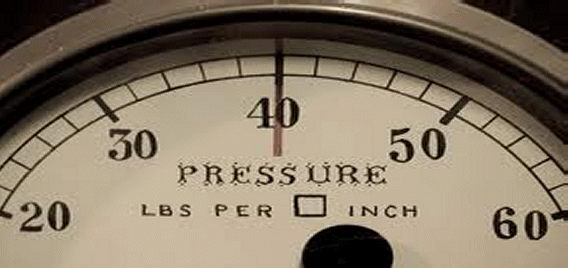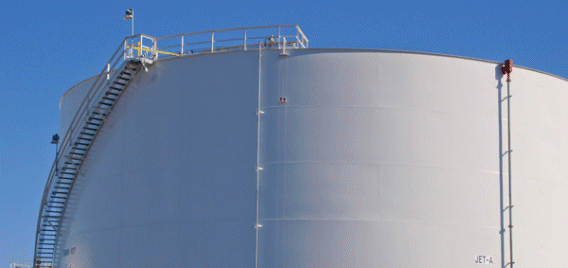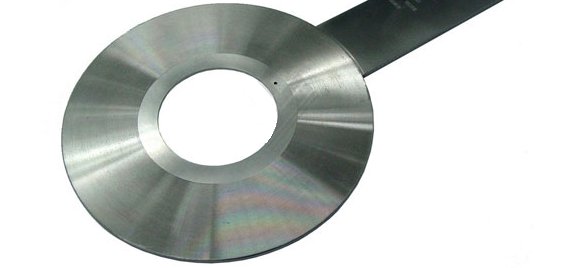Safety and Pressure Relief Archives


Relieve Valve Set Pressures
Nov 08 2010 01:20 PM |
pleckner
in Safety and Pressure Relief
As the title of this column implies, I intend to present various topics related to Process Engineering Design based on my knowledge and experiences. I will convey what approaches I think you should be taking. I will stress "the correct way" so don't ex...
Article Images:
Read story →
0 comments





Relief Valves: "What Can Go Wrong" Scen...
Nov 08 2010 01:30 PM |
pleckner
in Safety and Pressure Relief
What can go wrong in a chemical facility? Plenty! A report in the August 2000 issue of CEP1 shows that operator error or poor maintenance was the leading of cause of accidents for unfired pressure vessels eight years running. The ProblemAccidents not o...
Article Images:
Read story →
0 comments





Rupture Disks for Process Engineers - Part 1
Nov 08 2010 01:30 PM |
pleckner
in Safety and Pressure Relief
This is a real story. A rupture disk manufacturer presented a seminar to a group consisting of junior and more senior level process design engineers (yours truly included) with a few instrument engineers thrown in. After about an hour of hearing terms...
Article Images:
Read story →
1 comments





Rupture Disks for Process Engineers - Part 2
Nov 08 2010 01:30 PM |
pleckner
in Safety and Pressure Relief
Part 1 of this series on rupture disks for Process Engineers covered why you use a rupture disk and when you might want to use this device. This part will discuss how to size the rupture disk. Subsequent parts will include how to set the burst pressure...
Article Images:
Read story →
0 comments





Rupture Disks for Process Engineers - Part 3
Nov 08 2010 01:30 PM |
pleckner
in Safety and Pressure Relief
Part 1 of this series on rupture disks for Process Engineers covered why you use a rupture disk and when you might want to use this device. Part 2 discussed how to size the rupture disk. In this part, I will cover how to set the burst pressure. Subsequ...
Article Images:
Read story →
0 comments





Rupture Disks for Process Engineers - Part 4
Nov 08 2010 01:30 PM |
pleckner
in Safety and Pressure Relief
Part 1 of this series on rupture disks for Process Engineers covered why you use a rupture disk and when you might want to use this device. Part 2 discussed how to size the rupture disk. Part 3 discussed how to set the burst pressure. In this part, I w...
Article Images:
Read story →
0 comments





Rupture Disks for Process Engineers - Part 5
Nov 08 2010 01:30 PM |
pleckner
in Safety and Pressure Relief
Part 1 of this series on rupture disks for Process Engineers covered why you use a rupture disk and when you might want to use this device. Part 2 discussed how to size the rupture disk. Part 3 discussed how to set the burst pressure. Part 4 discussed...
Article Images:
Read story →
0 comments





Rupture Disks for Process Engineers - Part 6
Nov 08 2010 01:30 PM |
pleckner
in Safety and Pressure Relief
Part 1 of this series on rupture disks for Process Engineers covered why you use a rupture disk and when you might want to use this device. Part 2 discussed how to size the rupture disk. Part 3 discussed how to set the burst pressure. Part 4 discussed...
Article Images:
Read story →
0 comments






Tank Blanketing Basics Covered
Nov 08 2010 01:40 PM |
proinwv
in Safety and Pressure Relief
Tank blanketing, or padding, refers to applying a cover of gas over the surface of a stores commodity; usually a liquid. Its purpose is either to protect or contain the stored product or prevent it from harming personnel, equipment, or the environment....
Article Images:
Read story →
2 comments






Flow Through Orifice Plates in Compressible Flu...
Nov 08 2010 01:40 PM |
dkirk
in Safety and Pressure Relief
The calculation of compressible flow through orifice plates at high dP (critical flow) appears to be carried out incorrectly in most instances. This flow condition is often encountered on gas plants, compressor stations and pipelines where orifice plat...
Article Images:
Read story →
0 comments





Pyrophoric Iron Fires
Nov 08 2010 01:30 PM |
Mukesh Sahdev
in Safety and Pressure Relief
At one time or another, most refineries experience spontaneous ignition of iron sulfide either on the ground or inside equipment. When this occurs inside equipment like columns, vessels, and tanks and exchangers containing residual hydrocarbons and air...
Article Images:
Read story →
1 comments






 FB
FB